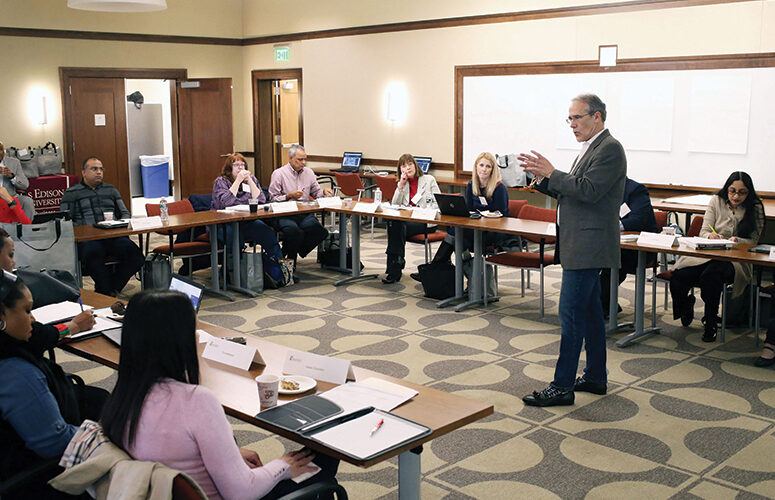
Unique Energy Efficiency Strategies for Your Unique Organizational Needs
On Nov 1, 2021Disclaimer: Sponsored content articles do not reflect the opinions of New Jersey Business magazine or the New Jersey Business & Industry Association.
There’s no perfect way to increase energy efficiency within a facility or within an organization. Every company has unique business goals and operational requirements, and every building has its own design and use history that can present challenges or opportunities for improving energy efficiency. But whatever your situation, the right combination of equipment, tools and strategies can address your unique needs.
Two strategies that sometimes get overlooked are Strategic Energy Management (SEM), which uses benchmarking and continuous performance tracking to incorporate energy management into the daily operations of an organization, and Retrocommissioning (RCx), which identifies opportunities for energy performance improvements in a facility’s existing equipment and processes.
Don’t Just Change The Way You Use Energy—Change The Way You Think About Energy
Strategic energy management (SEM) is a holistic approach to improving energy performance that builds energy efficiency practices into the way you do business, from the equipment you install and the operational processes you employ, to the way your company prioritizes energy consumption.
Using continuous improvement principles, including benchmarking (developing organizational performance goals based on industry best practices), SEM allows you to tailor your energy efficiency goals to your desired operational and economic outcomes, and gives you the opportunity to achieve continuous energy performance improvements. Spreading the responsibility and ownership of your institutional energy efficiency across the organization can make it easier to achieve long-term benefits and savings.
Don’t Just Make The Best Of What You Have—Make What You Have, The Best
Over the course of their existence, most commercial facilities will change hands, and can often be used for very different purposes than their initial construction. These operational and occupancy shifts can challenge the efficiency of existing mechanical, electrical, and control systems. The process of retrocommissioning (RCx) identifies operational and maintenance improvements to existing equipment to get systems working and interacting as efficiently as originally designed. In addition to energy and operational savings, RCx projects can improve occupant comfort and increase productivity and extend equipment life.
To determine eligibility, explore incentives and learn how PSE&G can help your organization implement SEM and RCx projects, visit bizsave.PSEG.com.
Disclaimer: Sponsored content articles do not reflect the opinions of New Jersey Business magazine or the New Jersey Business & Industry Association.
Related Articles:





